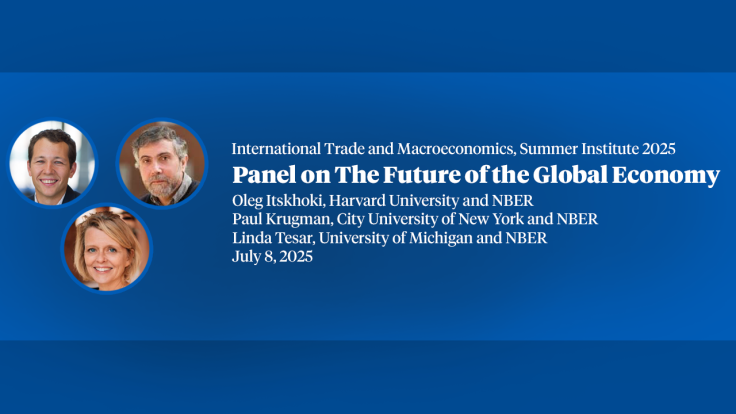Deforestation: A Global and Dynamic Perspective
We study deforestation in a dynamic world trade system. We first document that between 1990-2020: (i) global forest area has decreased by 7.1 percent, with large heterogeneity across countries, (ii) deforestation is associated with expansions of agricultural land use, (iii) deforestation is larger in countries with a comparative advantage in agriculture, and (iv) population growth causes deforestation. Motivated by these facts, we build a model in which structural change and comparative advantage determine the extent, location, and timing of deforestation. Using the model, we obtain conditions under which reductions in trade costs and tariffs reduce global deforestation. Quantitatively, eliminating global agricultural tariffs has limited impacts on global forest area, leads to substantial forest reallocation across countries, and results in net welfare benefits
-
-
Copy CitationFarid Farrokhi, Elliot Kang, Heitor S. Pellegrina, and Sebastian Sotelo, "Deforestation: A Global and Dynamic Perspective," NBER Working Paper 34150 (2025), https://doi.org/10.3386/w34150.Download Citation
-


